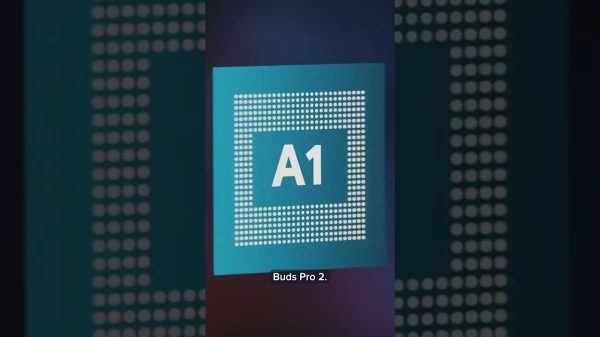Charter Communications
wants Walt
Disney
to rethink the cable bundle. Disney is perfectly happy with how things are currently, thank you very much. An unstoppable force has met an immovable object—and Disney stock is paying the price. Not much has changed for our stock pick, however. Disney stock still looks too beaten up to ignore.
The Disney-Charter feud is a proxy battle in an industrywide debate over the future of television—specifically, what the pay-TV bundle looks like in the streaming age. Disney (ticker: DIS) wants to maintain the status quo, as it should. ESPN costs around $10 a month for every subscriber who pays for a TV package including the channel, whether they watch it or not, and often comes bundled with numerous other Disney channels. Advertising revenue is on top of that. It’s an enviable model, and one whose profits have yet to be replicated in streaming.
That deal expired on Aug. 31, however, and Charter (CHTR) proposed a new structure to Disney. The cable provider wants greater flexibility to offer “skinnier” cable bundles with fewer channels to its Spectrum customers, likely at a lower cost. And it asked Disney to package ad-supported versions of its streaming services—Disney+, Hulu, ESPN+, and a future, larger ESPN direct-to-consumer service—with Spectrum cable-TV subscriptions at no additional cost. Disney declined, and for good reason.
“The result would lead to a significant decline in highly profitable linear subscribers that would be only partially recouped by likely fewer and less profitable DTC subs,” writes BofA Securities analyst Jessica Reif Ehrlich.
Now the two companies are playing the blame game, even as viewers go without ESPN, ABC, Disney Channel, National Geographic, and FX—meaning no college or Monday Night NFL football, U.S. Open tennis, Good Morning America, and Dancing With the Stars. “We offered Disney a fair deal, and yet they continue to demand an excessive increase,” Charter contends. Disney, for its part, points the finger the other way. “We have been unable to reach a market-based agreement with Charter Communications to continue carrying our stations and networks,” it responds.
Disney has a lot to lose. According to Charter, annual programming payments to Disney total about $2.2 billion, or nearly 8% of the $28.3 billion in revenue that Disney’s linear networks segment brought in during its last fiscal year, which ended in September. That’s before advertising revenue. No wonder Disney stock has dropped 4.6% in September, to $79.83, its lowest since May 2014. The stock has dropped 7% since Barron’s recommended it on July 28.
Disney’s shift away from linear TV was always part of our thinking, even if Charter may force it to accelerate its pace. The number of U.S. households with a pay-TV subscription has declined by roughly a quarter over the past decade, to around 75 million earlier this year, according to MoffettNathanson. Fewer subscribers prompt price increases to make up for lost revenue, increasing the incentive to cancel. Ongoing declines prompt companies to move their best content to streaming, making the product less competitive and spurring more cord-cutting.
That’s painful for Disney, which is using cable profits to fund its transition to streaming, and would prefer to continue milking the TV cash cow as long as possible. Charter isn’t willing to play ball. “We’re on the edge of a precipice,” Charter CEO Christopher Winfrey told analysts on a Sept. 1 call. “We’re either moving forward in the new collaborative video model or we’re moving on. This is not a typical carriage dispute.”
Ultimately, though, it will end like one. Most disputes between media companies and TV providers have been resolved in a matter of weeks. Winfrey said that his company would continue to negotiate during the channel blackout, and Disney has no choice but to talk. At some point, they will find common ground.
Meanwhile, our argument stands. Disney stock is cheap relative to earnings and the sum of its parts, and it has a path to earnings growth from a steady narrowing of streaming losses and cost cutting elsewhere. Disney also has options, including asset sales and reinstating its dividend.
The Charter dispute is another negative headline in a long saga for Disney. There remain more positive catalysts ahead.
Write to Nicholas Jasinski at [email protected]
Read the full article here













